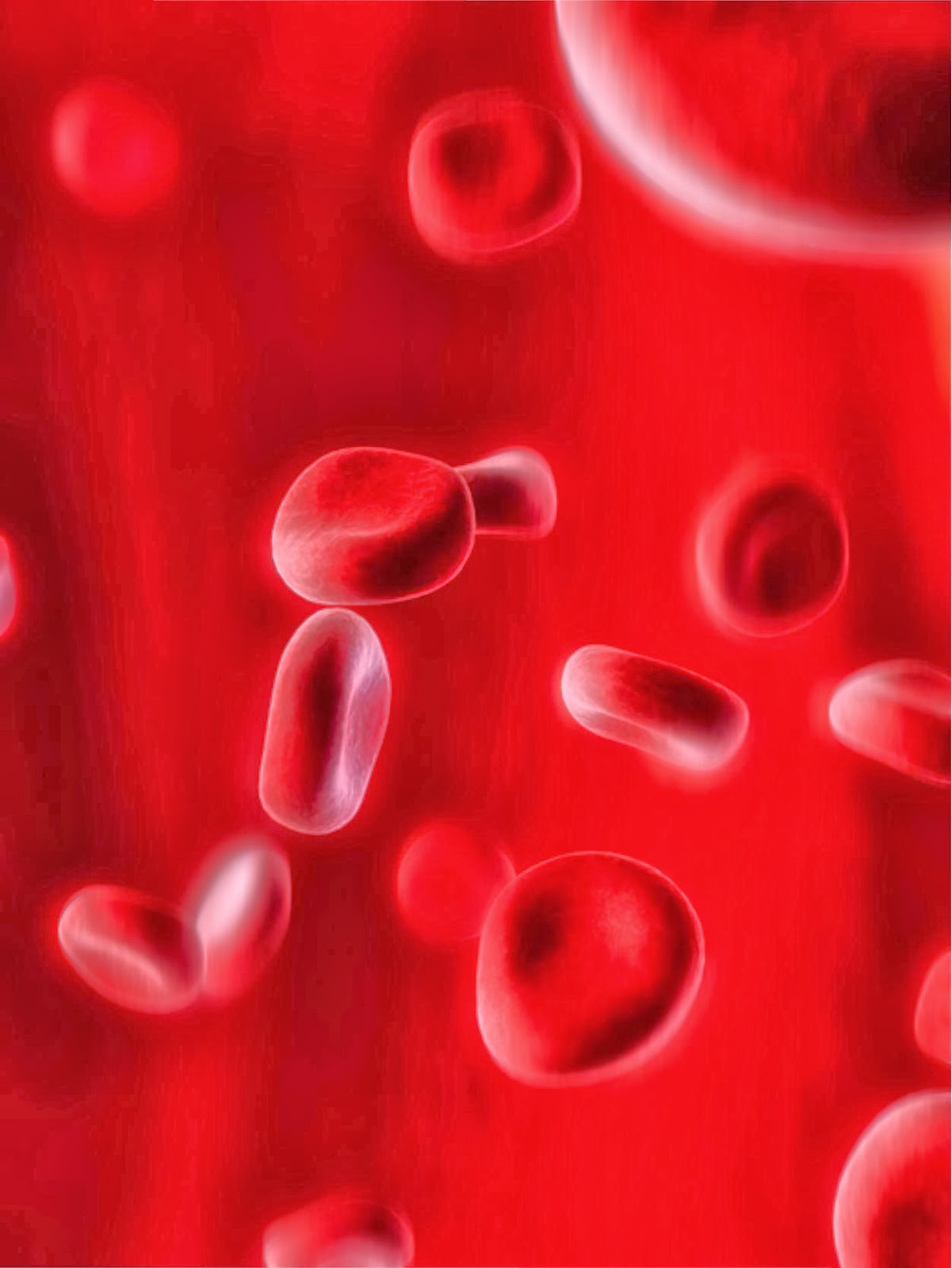A meta-analysis showed that restricting blood transfusions improved clinical outcomes and decreased mortality rates. With this data, one might ask: isn’t the blood safe enough? But when further exploring the scientific debate it becomes clear that this is not about safety but about clinical effectiveness and immunity adverse reactions not well known until now. It’s likely, experts say, that the transfused red cells have an impaired functional capacity due to the process of storage and then attacks the immune system. Instead, the guidelines of promoting the erythropoiesis can set in motion young and own red blood cells, which are highly competitive in functionality. According to a comment collected from a conference by Axel Hofmann: "Our own blood is still the best liquid that can run through our veins".
Having enough blood is, according to the work of Dr. Duran Jordà during the Spanish civil war, a cherished value that dignifies an evolved society, not in vain is considered the successful result of joining stubbornness and technical engineering. It’s probably for this reason that there is a widely held view, even among the professionals, that packaged blood is a cheap and safe product. But now, scientists warn us that we must be critical with the use of blood and they point out that blood transfusions can be much more expensive than indicated on the price tag, especially in terms of the derivatives on morbidity and mortality, which were little studied until now.
Blood Saving Programs or Patient Blood Management (PBM)
To minimize avoidable transfusions, several initiatives have come together to develop a model that already has sufficient doctrinal evidence and is based on three pillars: a) the first pillar is preventative and among several recommendations, features encouraging preoperative work in anaemic elderly patients in order to enhance their own erythropoiesis before surgery, b) the second develops all kind of proposals to minimize bleeding, especially peri-operative and postoperative, and c) the third focuses on various techniques to optimize functional adaptation to situations of anaemia.
Having enough blood is, according to the work of Dr. Duran Jordà during the Spanish civil war, a cherished value that dignifies an evolved society, not in vain is considered the successful result of joining stubbornness and technical engineering. It’s probably for this reason that there is a widely held view, even among the professionals, that packaged blood is a cheap and safe product. But now, scientists warn us that we must be critical with the use of blood and they point out that blood transfusions can be much more expensive than indicated on the price tag, especially in terms of the derivatives on morbidity and mortality, which were little studied until now.
Blood Saving Programs or Patient Blood Management (PBM)
To minimize avoidable transfusions, several initiatives have come together to develop a model that already has sufficient doctrinal evidence and is based on three pillars: a) the first pillar is preventative and among several recommendations, features encouraging preoperative work in anaemic elderly patients in order to enhance their own erythropoiesis before surgery, b) the second develops all kind of proposals to minimize bleeding, especially peri-operative and postoperative, and c) the third focuses on various techniques to optimize functional adaptation to situations of anaemia.
Concerned about the evidence, several scientific societies have mobilized and developed practical recommendations that should constitute essential support for the "local" blood conservation programs. Therefore I offer two links: Network for the Advancement of Transfusions Alternatives (NATA) and Documento de Sevilla concerning the consensus on alternatives to blood transfusion in 2013 (the latter document being endorsed by four Spanish scientific societies).
Recent studies show that the PBM programs generate quick returns on the necessary investments. This is a rare case of a win-win opportunity in which patients gain in quality of life, while also improving morbidity, mortality while costs are reduced in a very relevant way. If you are interested don’t miss this article: Economic considerations on transfusion medicine and patient blood management. Hofmann A, Ozawa S, Farrugia A, et al. Best Practice & Research Clinical Anaesthesiology; 27, 2013:59-68. If you are not convinced, then have a look at Professor Hofmann’s slideshow of conclusions from the Saint Gallen conference last year:
Recent studies show that the PBM programs generate quick returns on the necessary investments. This is a rare case of a win-win opportunity in which patients gain in quality of life, while also improving morbidity, mortality while costs are reduced in a very relevant way. If you are interested don’t miss this article: Economic considerations on transfusion medicine and patient blood management. Hofmann A, Ozawa S, Farrugia A, et al. Best Practice & Research Clinical Anaesthesiology; 27, 2013:59-68. If you are not convinced, then have a look at Professor Hofmann’s slideshow of conclusions from the Saint Gallen conference last year:
According to Hofmann, the PBM message can be ignored, but not rejected. He says that in the light of the principle primum non nocere, it’s the doctors’ ethical obligation to shift the prevailing mindset of encouraging transfusions, towards deploying effective programs of blood conservation.
In short: Saving blood = Triple Aim: better quality, better clinical outcomes and lower costs.
Jordi Varela
Editor
In short: Saving blood = Triple Aim: better quality, better clinical outcomes and lower costs.
Jordi Varela
Editor





No comments:
Post a Comment